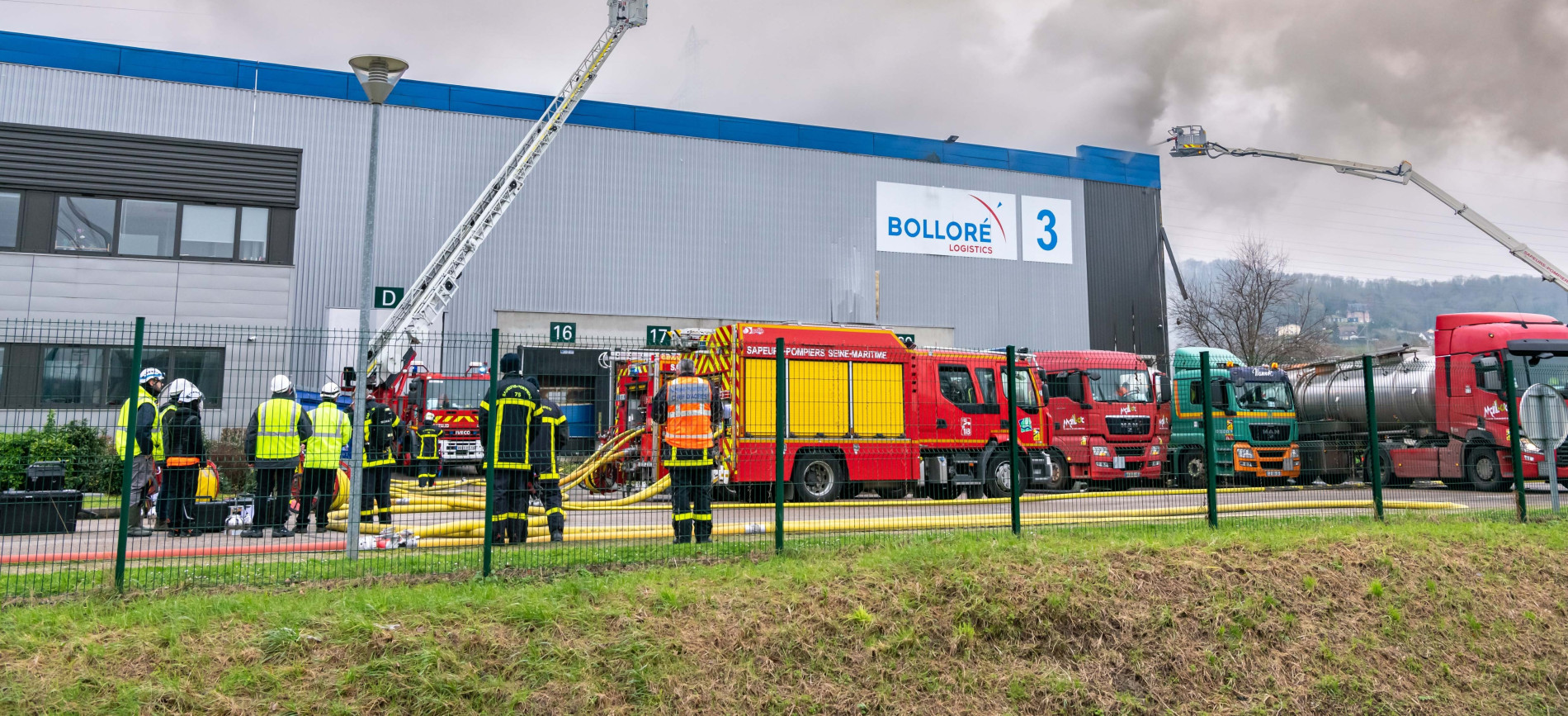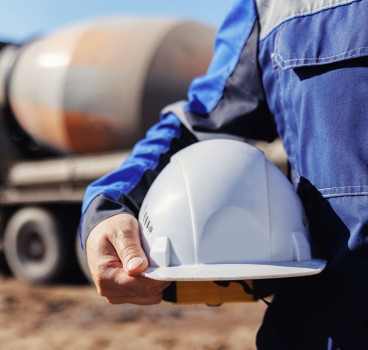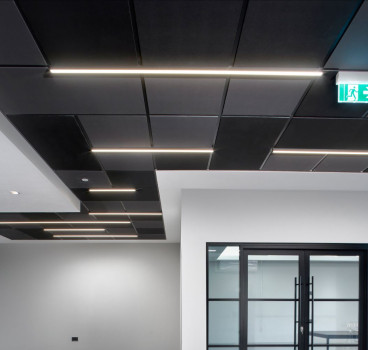The hidden dangers of Lithium-Ion batteries in the construction industry
Lithium-ion (Li-ion) batteries have become an essential power source in the modern construction industry. Used in everything from cordless power tools to energy storage systems, these batteries offer high energy density, long cycle life and portability. However, their widespread adoption has also introduced significant fire and safety hazards and the risks associated with Li-ion batteries, particularly in high-demand environments such as construction sites, can no longer be ignored, writes John Ridgeway.
While lithium-ion batteries are generally safe under normal operating conditions, their chemistry makes them highly susceptible to failure under stress. The main risks include a phenomenon known as thermal runaway, a self-perpetuating reaction where an increase in temperature leads to further heat generation, potentially resulting in explosions or fires.
Charging beyond recommended levels or exposure to high temperatures can also degrade battery stability. Dropped, crushed, or punctured batteries can also lead to internal short circuits. In addition, manufacturing defects and poor-quality control can lead to internal faults that increase the risk of combustion.
These risks are amplified in the construction industry, where tools experience rough handling, are exposed to extreme conditions and are frequently recharged on-site.
Real-world incidents
There have been numerous documented cases of lithium-ion battery fires in power tools used on construction sites. In 2022, a construction worker in London suffered severe burns when a lithium-ion battery in a cordless drill ignited spontaneously. Investigations revealed that the battery had been inadvertently damaged when it was dropped, causing an internal short circuit that led to thermal runaway.
The adoption of solar energy in construction has also increased reliance on large-scale lithium-ion battery storage systems. In 2023, a fire broke out at a construction site in New York where solar panels were being installed. The cause was traced back to a faulty lithium-ion battery storage unit that overheated and ignited. Firefighters struggled to contain the blaze due to the high energy output and the risk of reignition.
In 2021, a construction site in Sydney experienced a devastating fire in a temporary storage area where multiple tool batteries were being charged. A faulty charger is believed to have overcharged one of the batteries, initiating a chain reaction that led to an uncontrollable fire, destroying equipment worth thousands of pounds.
These incidents highlight the urgent need for better safety protocols and preventive measures to protect workers and infrastructure. To mitigate the risks associated with lithium-ion batteries, construction companies must now be prepared to implement stringent safety measures, particularly as the number of incidents are likely to increase.

This means introducing proper battery handling and storage facilities on site. Lithium-ion batteries should always be kept in cool, dry environments away from flammable materials. Fire-resistant storage cabinets specifically designed for Li-ion batteries should always be used and batteries should never be stored in direct sunlight or in excessively hot areas, such as near machinery or other areas that generates heat.
Money conscious contractors should also use only manufacturer-approved chargers and avoid cheap, non-certified alternatives. Furthermore, they should be prepared to implement supervised charging areas with fire suppression systems and never leave batteries charging unattended, especially overnight. Equally as important ensure adequate spacing between charging batteries to prevent heat accumulation.
Regular inspection and maintenance
Most experts agree that you should regularly inspect batteries for signs of swelling, leakage, or physical damage before and after use. Immediately remove damaged or defective batteries from service and dispose of them safely and train workers to recognise warning signs of battery failure, such as overheating or unusual smells.
As an additional safety measure, equip construction sites with fire extinguishers rated for lithium-ion battery fires (Class D or lithium fire blankets). Also consider developing clear emergency response plans, including battery fire evacuation procedures and provide fire-resistant personal protective equipment (PPE) for workers handling batteries.
However, while lithium-ion batteries remain dominant, safer alternatives are emerging. Lithium Iron Phosphate (LiFePO4), offers a more stable chemistry with a lower risk of thermal runaway. We should also see solid-state batteries being used in the future. Still in development, they promise significantly enhanced safety compared to liquid electrolyte-based Li-ion batteries.
For the moment we must recognise that the convenience of lithium-ion batteries in the construction industry comes with inherent risks that must not be overlooked. Fires and explosions linked to these batteries have caused injuries, property damage and operational disruptions. However, by implementing proper handling, charging, storage and emergency response measures, construction firms can significantly reduce these dangers. The industry must stay proactive, continuously improving safety standards while exploring alternative, safer energy storage technologies.
By prioritising safety, construction companies can harness the benefits of lithium-ion technology while minimising risks, ensuring a secure working environment for all employees.
Additional Blogs

Why good contractors are walking away from bad projects
There is a growing change happening across the construction industry, one that many clients still have not fully recognised. Highly competent, reputable contractors are increasingly walking away from...
Read moreWhen fire breaks out who really knows the system
The story that caught my attention recently wasn’t about fire growth or building loss, it was about confusion. Specifically, the confusion faced by the fire service when arriving at buildings...
Read more

The design and development of Nexus Layouts
When Zentia set out to rethink the suspended ceiling, the brief was clear: deliver greater creative freedom for designers, more distinctive visual identity for clients, and a solution that could keep...
Read more